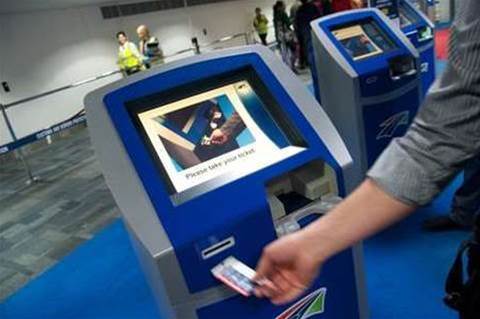International passengers are set to continue using Australia’s existing airport arrivals smartgates for years to come, with plans to replace the gates with facial recognition now uncertain.

The Department of Homes Affairs has revealed it will now refurbish the ageing fleet of Morpho arrivals smartgates after signing a new deal with IDEMIA (previously Morpho).
The deal, worth $30 million over the next five years, will see the border technology vendor support and maintain the arrivals smartgates until July 2024.
“The existing smartgate arrival gates will undergo remediation work as necessary to ensure the standard of the traveller experience continues to be world class,” a Home Affairs spokesperson told iTnews.
“Maintenance and remediation work will continue until a new series of smartgates is ready for operation to ensure a continuous level of service at the border.
But when those new smartgates will arrive, or their timeline for deployment is quickly becoming and open question, given the value and length of the latest contract to the incumbent system provider.
The letting of the new contract also raises fresh questions about the readiness of the automated biometric border control solution from Vision-Box that had been publicised as a replacement for the existing arrivals smartgates.
The Vision-Box solution, originally slated to roll out a fleet of facial biometrics powered arrivals smartgates by July 2020 under a $22.5 million deal, is intended to eventually process travellers without a presenting passport.
This was to be done by matching individuals against facial images stored in airlines’ advanced passenger processing systems.
iTnews revealed in July that the trial and rollout of the next generation smartgates had been paused by the department pending review.
Sources have told iTnews, however, that the $23 million deal with the border technology provider has already faltered and will not progress after several trials over the last 18 months failed to return good matching results.
This is despite positive results during initial trials of the ‘face on the move’ passenger recognition technology last year, with 94 percent of travellers correctly matched at Canberra Airport without any identification errors.
Asked directly if the Vision-Box contract had been terminated, department said only that it “continues to work collaboratively with Vision-Box who remains a trusted partner”.
“The review, anticipated to be complete in September 2019, will inform the future direction of the Seamless Traveller program,” a spokesperson said.
“No decisions will be made about the rollout until the review results are known.
“Next generation technology at the border remains a key priority for the department.”
A spokesperson for Vision-Box directed questions about the project to Home Affairs.
The new tech, whether or not it now goes ahead, remains a significant parts of the department’s plan to process 90 percent of international travellers through automated means by the end of 2020 under its seamless traveller initiative.
Know more? Contact jhendry@nextmedia.com.au










 iTnews Executive Retreat - Security Leaders Edition
iTnews Executive Retreat - Security Leaders Edition












_(1).jpg&h=140&w=231&c=1&s=0)



